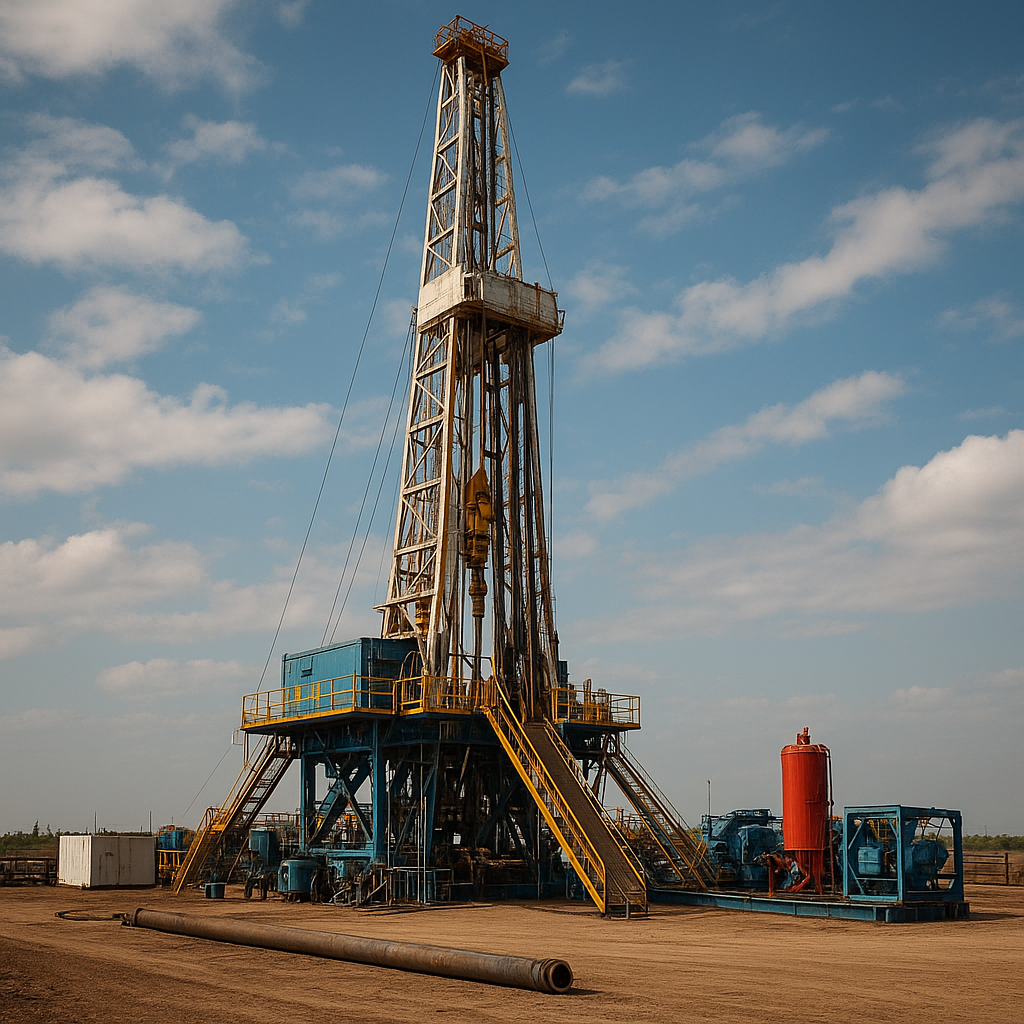
Advanced robotics have revolutionized industrial welding processes, offering unprecedented precision, efficiency, and safety. As industries continue to evolve, the integration of robotics in welding has become a cornerstone of modern manufacturing, providing solutions to challenges that were once insurmountable. This article delves into the transformative impact of advanced robotics on welding, exploring the technological advancements and the benefits they bring to the industry.
The Evolution of Robotics in Welding
The journey of robotics in welding began several decades ago, with the initial focus on automating repetitive tasks to improve productivity. Early robotic systems were limited in their capabilities, often requiring extensive programming and lacking the flexibility needed for complex welding tasks. However, as technology advanced, so did the capabilities of robotic systems.
Today, advanced robotics in welding are equipped with sophisticated sensors, machine learning algorithms, and artificial intelligence, allowing them to perform intricate welding tasks with remarkable precision. These systems can adapt to variations in the welding environment, making real-time adjustments to ensure optimal weld quality. The evolution of robotics in welding has not only enhanced the efficiency of manufacturing processes but has also opened new possibilities for innovation in product design and development.
Technological Advancements
One of the key technological advancements in robotic welding is the integration of vision systems. These systems use cameras and sensors to provide real-time feedback to the robot, enabling it to detect and correct deviations in the welding process. This capability is particularly valuable in industries where precision is critical, such as aerospace and automotive manufacturing.
Another significant advancement is the development of collaborative robots, or cobots, which are designed to work alongside human operators. Cobots are equipped with advanced safety features, allowing them to operate in close proximity to humans without posing a risk. This collaboration between humans and robots enhances productivity and allows for greater flexibility in the manufacturing process.
Benefits of Advanced Robotics in Welding
The integration of advanced robotics in welding processes offers numerous benefits that extend beyond mere automation. One of the most significant advantages is the improvement in weld quality. Robotic systems can consistently produce high-quality welds, reducing the likelihood of defects and rework. This consistency is crucial in industries where product reliability and safety are paramount.
In addition to quality improvements, robotic welding systems also enhance productivity. Robots can operate continuously without the need for breaks, significantly increasing the throughput of manufacturing processes. This increased efficiency translates to cost savings for manufacturers, as they can produce more products in less time with fewer resources.
Safety and Workforce Implications
Safety is another critical benefit of advanced robotics in welding. Welding is inherently hazardous, with risks such as exposure to harmful fumes, intense heat, and ultraviolet radiation. By automating welding tasks, robots can perform these dangerous operations, reducing the exposure of human workers to these risks. This not only improves workplace safety but also allows skilled workers to focus on more complex and value-added tasks.
While the adoption of robotics in welding has raised concerns about job displacement, it is important to recognize that these technologies also create new opportunities. As robots take on repetitive and hazardous tasks, there is a growing demand for skilled workers who can program, maintain, and optimize robotic systems. This shift in workforce dynamics highlights the need for ongoing training and education to equip workers with the skills needed to thrive in an increasingly automated industry.
Challenges and Future Prospects
Despite the numerous benefits, the integration of advanced robotics in welding is not without challenges. One of the primary obstacles is the initial cost of implementing robotic systems. The investment required for purchasing, installing, and maintaining these systems can be significant, particularly for small and medium-sized enterprises. However, as technology continues to advance and costs decrease, the accessibility of robotic welding systems is expected to improve.
Another challenge is the complexity of programming and operating robotic systems. While advancements in user-friendly interfaces and programming tools have made it easier to deploy robotic systems, there is still a learning curve associated with their use. Manufacturers must invest in training and support to ensure that their workforce can effectively utilize these technologies.
The Future of Robotic Welding
Looking ahead, the future of robotic welding is promising, with ongoing research and development driving further innovations. One area of focus is the development of autonomous welding systems that can operate with minimal human intervention. These systems would leverage artificial intelligence and machine learning to continuously improve their performance, adapting to new welding challenges and environments.
Additionally, the integration of the Internet of Things (IoT) and Industry 4.0 technologies is expected to enhance the capabilities of robotic welding systems. By connecting robots to a network of sensors and devices, manufacturers can gain real-time insights into the welding process, enabling predictive maintenance and optimization of production lines.
In conclusion, advanced robotics have transformed industrial welding processes, offering significant improvements in quality, efficiency, and safety. While challenges remain, the continued evolution of robotic technologies holds great potential for the future of manufacturing, paving the way for more innovative and sustainable production methods.

